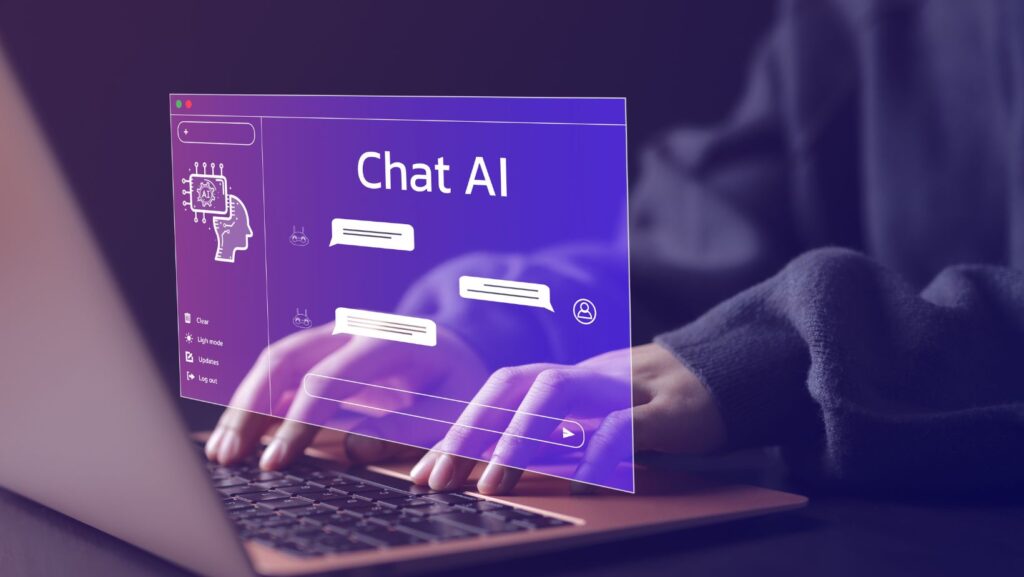Image annotation is playing a major role in revolutionizing artificial intelligence and machine
learning by fueling advances in computer vision. By carefully labeling huge volumes of images with categories, attributes, and boundaries, human annotators are creating the massive datasets required to train modern machine learning algorithms.
With annotated image datasets, algorithms can learn to understand image content and recognize objects, scenes, and other complex visual patterns. This supervised learning allows computer vision models to then perform critical tasks like object detection, image classification, and semantic segmentation.
Applications such as self-driving cars, medical diagnostics, manufacturing quality control and more are benefiting from the improved computer vision capabilities yielded through advancements enabled by Image Annotation in AI and Machine Learning. As more annotated datasets become available through these annotation efforts; they continue accelerating progress across industries, supporting both academic research and commercial applications of transformative AI technologies.
The AI or Image Annotation that Comes First?
Image annotation recreates a paramount position in advancing AI and machine learning models. As an AI’s visual recognition abilities progress through annotation-based training, it can take over the annotation process, reducing human workload and accelerating the development cycle.
Self-supervised AI annotation introduces more consistency than human labeling alone. However, an AI’s capabilities are wholly dependent on the image datasets used for its training. The scale and quality of these datasets rely on the effectiveness of annotation techniques. Breakthroughs in developing more accurate and efficient annotation methods pave the way for higher-performing AI and machine learning.
It creates a virtuous cycle where better annotation fosters superior AI abilities, leading to improved annotation tools. If annotation fails, it disrupts this cycle and undermines progress in developing increasingly sophisticated computer vision. Continuous innovation in annotation methodology is thus essential for the growth of impactful artificial intelligence technologies.
Importance of Labeled Image Data for Machine Learning
Labeled image data is crucially important for machine learning as it provides examples of how algorithms need to learn patterns and classify visual content. Training ML models require huge datasets with images meticulously annotated with tags detailing objects, scenes, or other semantic information.

Through exposure to large volumes of correctly labeled images, algorithms can gradually detect underlying correlations and discriminate between classes. This supervised learning process allows models to then categorize new images accurately. The availability of extensively annotated image datasets has thus been instrumental in powering many recent advances in computer vision and other domains utilizing visual perception.
Role of Annotation in Key Computer Vision Applications
Image annotation has played a key role in advancing important computer vision technologies. It has fueled the development of powerful object detection models by providing datasets with images precisely marked up with object boundaries and labels. Annotation has also allowed training high-accuracy image classification systems through labeling vast image banks.
Even dense pixel-level annotation of images has enabled semantic segmentation models that can analyze scene elements in detail. Applications ranging from autonomous vehicles to medical diagnostics increasingly rely on these computer vision capabilities, all of which stem from the availability of comprehensively annotated images. Continued progress will depend on producing more robust annotated datasets.
Benefits of Machine Learning Advances Enabled by
Annotation
● Improved image search capabilities: Annotation has supported the training of visual recognition systems that enable more precise image search and organization tools.
● Advanced manufacturing/quality control: Computer vision models leveraging annotated data inspect products for defects and ensure manufacturing precision.
● Enhanced medical analysis: Annotation fuels AI, assisting radiologists and pathologists by automatically detecting abnormalities in medical images.
● Autonomous vehicle vision systems: Self-driving cars rely on annotation-trained visual processing to safely perceive roads and surrounding traffic in all conditions.
Challenges and Future Directions
While image annotation has remarkably advanced AI capabilities, significant challenges remain to further fuel progress. The scale of data needed for high-quality machine learning poses difficulties for traditional manual annotation methods. The computer vision tasks of tomorrow will require labeling exponentially larger and more diverse image datasets.
To meet this challenge, more sophisticated annotation tools that leverage AI can help accelerate the data labeling process. Standardizing annotation guidelines and implementing quality control measures as annotation scales up will also be important areas to address.

Additionally, integrating annotation within interactive machine teaching frameworks can help maximize its impact on AI development. Overcoming these challenges will be crucial to sustaining the pace of innovation in computer vision and related applications.
FAQ’s
How Annotation Work in Machine Learning?
Annotation works by labeling sample data, which AI models use to learn visual patterns and relationships.
What is the Purpose of Image Annotation?
The purpose of image annotation is to provide labeled examples that train computer vision algorithms to understand image content.
How is Image Processing Related to AI?
Image processing is related to AI as computer vision techniques are applied to analyze visual data and detect patterns, powering applications in areas like autonomous systems.
Conclusion
Image annotation has played a transformative role in revolutionizing AI and machine learning by enabling the training of powerful computer vision models. By providing the large labeled datasets that algorithms need to learn complex visual patterns, annotation is fueling significant advances across industries. It is driving progress in critical applications like autonomous vehicles, medical diagnostics, and more.
As annotation techniques continue to innovate and the volume of annotated images grows exponentially, the resulting improvements to computer vision capabilities will further propel AI technology to new levels. Image annotation has become a foundational driver of the exciting developments revolutionizing AI and machine learning today.



